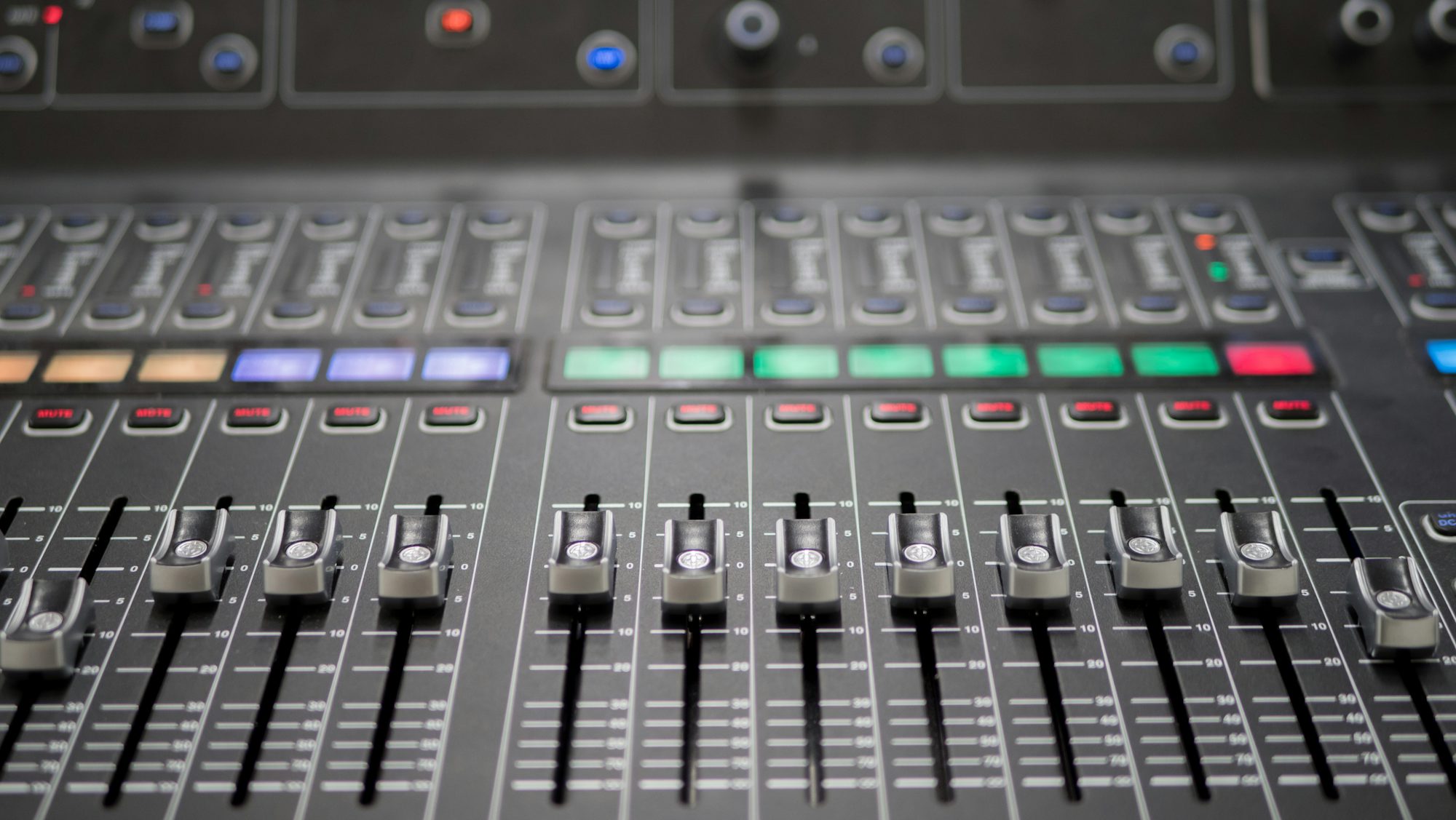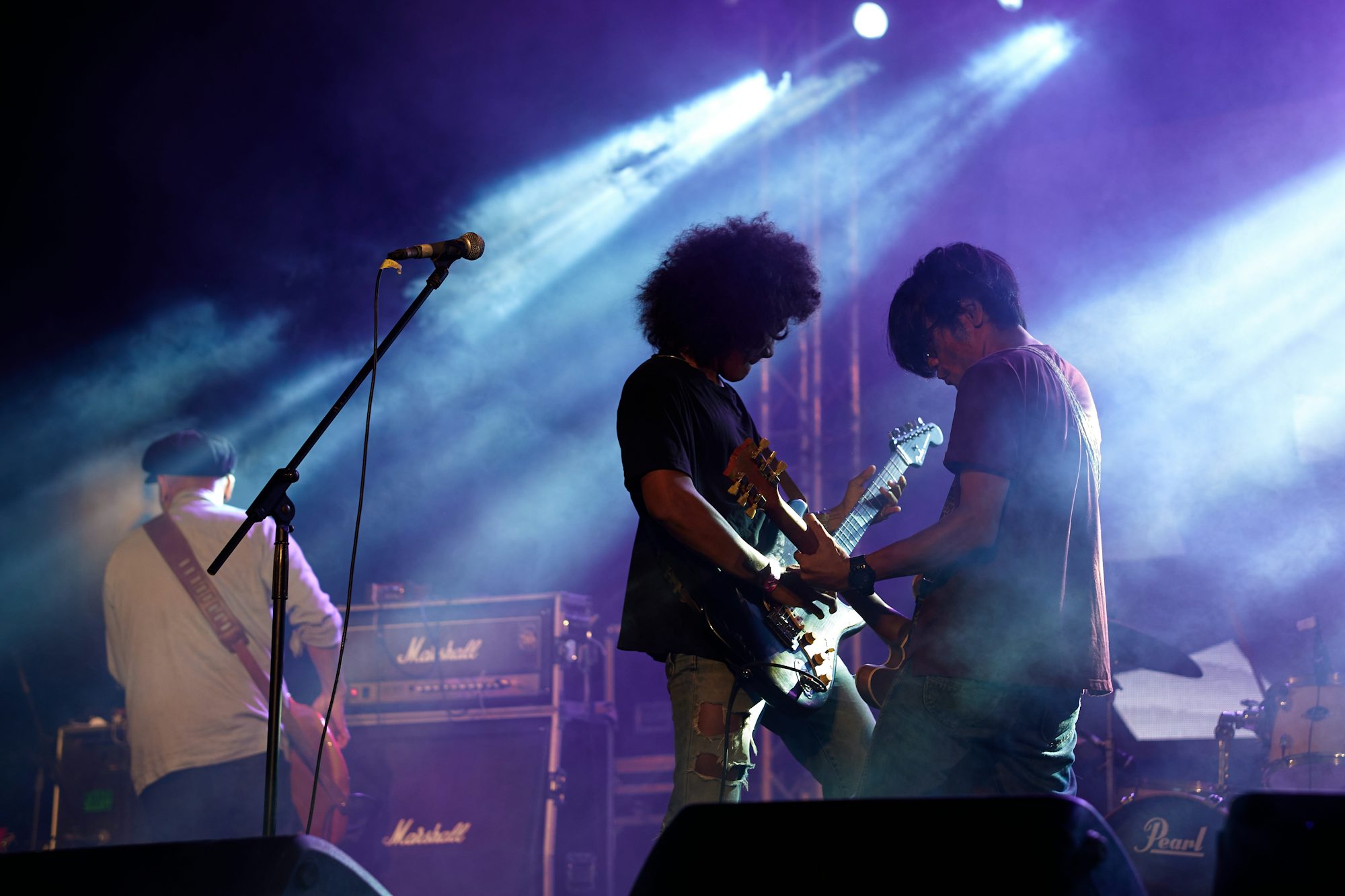Collaboration is a fundamental aspect of the music industry, often leading to innovative sounds and memorable performances. Musicians from different backgrounds come together to create art that transcends genres, cultures, and time. This article delves into the art of collaboration in music, exploring its significance and the way it shapes the musical landscape across various genres.
The Power of Collaboration
At its core, collaboration in music is about the exchange of ideas and creativity. When artists work together, they bring unique perspectives and experiences to the table, enriching the creative process. This synergy often results in songs that resonate more deeply with audiences, as they reflect a blend of influences and emotions.
From legendary partnerships to modern collaborations, the music industry has a rich history of artists joining forces to produce iconic tracks. Whether it’s a singer-songwriter teaming up with a producer or a band collaborating with a guest artist, these partnerships often yield remarkable results.
Rock and Roll: A Genre Built on Collaboration
Rock and roll, a genre known for its rebellious spirit, has a long history of collaboration that has shaped its evolution. Bands often experiment with various influences, incorporating elements from blues, jazz, and folk. The legendary collaboration between Eric Clapton, Jack Bruce, and Ginger Baker in the supergroup Cream exemplifies how individual talents can merge to create something extraordinary.
Another iconic partnership in rock is the collaboration between David Bowie and Brian Eno. Their work on the Berlin Trilogy transformed Bowie’s sound, blending electronic music with rock and avant-garde influences. This fusion not only redefined Bowie’s career but also left an indelible mark on the music landscape.
Hip-Hop: A Cultural Movement of Collaboration
Hip-hop is perhaps one of the most collaborative genres in music. It thrives on partnerships, whether through featured artists, producers, or DJs. The genre’s roots are steeped in collaboration, as early hip-hop artists would often remix each other’s tracks or sample sounds from different cultures.
One standout example is the collaboration between Jay-Z and Kanye West on the album “Watch the Throne.” This project not only showcased their individual talents but also highlighted their chemistry, producing tracks that resonated with fans around the globe. The fusion of their distinct styles resulted in a groundbreaking album that celebrated collaboration within the hip-hop community.
Additionally, hip-hop has played a pivotal role in fostering cross-genre collaborations. Artists like Lil Nas X and Billie Eilish have blurred genre lines, creating music that challenges traditional definitions and celebrates diversity in sound.
Pop Music: The Art of the Feature
Pop music has long embraced collaboration, particularly through featured artists. This practice allows artists to tap into different fan bases, creating a larger audience for their music. Collaborations can lead to chart-topping hits, with artists from various backgrounds coming together to create infectious tracks.
A prime example is the collaboration between Dua Lipa and Elton John on the remix of “Cold Heart.” This partnership brought together generations of music lovers, highlighting the power of collaboration in reaching diverse audiences. The song’s success demonstrated how artists can create magic when they join forces, regardless of their backgrounds.
Moreover, collaborations in pop music often extend beyond just vocals. Producers like Max Martin and Pharrell Williams have worked with numerous artists across genres, shaping the sound of contemporary pop music. Their ability to craft catchy melodies and infectious beats has made them sought-after collaborators in the industry.
Country Music: Duets and Musical Friendships
Country music has a rich tradition of collaboration, particularly through duets and partnerships that celebrate storytelling. The genre thrives on the power of lyrics, and when two artists come together, they can create narratives that resonate deeply with listeners.
One of the most iconic duets in country music history is “Islands in the Stream” by Dolly Parton and Kenny Rogers. This classic track showcases how two distinct voices can complement each other, resulting in a timeless song that continues to be celebrated today. Their collaboration not only highlighted their individual talents but also showcased the strength of partnerships in country music.
Additionally, collaborations in country music often extend to cross-genre partnerships. Artists like Lil Nas X have blurred the lines between country and hip-hop, demonstrating how collaboration can challenge traditional genre boundaries and create something new and exciting.
The Role of Technology in Facilitating Collaboration
The advancement of technology has significantly changed how musicians collaborate. With the rise of digital recording software and online platforms, artists can work together regardless of geographical limitations. This accessibility has opened up new avenues for creativity and collaboration.
For instance, platforms like Splice and SoundBetter allow musicians to connect with producers and other artists from around the world. This global reach enables collaborations that may not have been possible in the past, allowing artists to tap into diverse influences and ideas.
Moreover, virtual collaborations have become increasingly popular, especially in recent years. Artists can record their parts separately and blend them together seamlessly, creating music that reflects a fusion of styles and backgrounds. This new way of working has led to innovative sounds and partnerships, pushing the boundaries of creativity.
The Impact of Collaboration on Musical Diversity
Collaboration has a profound impact on musical diversity, fostering innovation and experimentation. When artists from different genres come together, they create hybrid sounds that challenge conventional norms. This blending of styles often results in music that is fresh, exciting, and reflective of a multicultural world.
Take, for example, the collaboration between musicians from different cultural backgrounds. Projects like the “Playing for Change” initiative bring together artists from around the globe to create music that transcends borders. These collaborations celebrate diversity and highlight the power of music as a unifying force.
In addition, collaboration encourages artists to step out of their comfort zones and explore new sounds. The willingness to experiment and learn from one another often leads to creative breakthroughs, resulting in music that resonates with audiences on a deeper level.
Conclusion: The Future of Collaboration in Music
As the music industry continues to evolve, the importance of collaboration will only grow. Artists will increasingly seek out partnerships to create innovative sounds and reach wider audiences. The blending of genres and styles will foster a rich musical landscape that reflects the diverse voices of our global society.
Collaboration in music is not just about creating hits; it’s about connection, creativity, and cultural exchange. As musicians continue to explore new ways of working together, the future of music promises to be vibrant and exciting, celebrating the art of collaboration and the power it holds to transform the industry. Through partnership, artists will continue to create music that inspires and unites, echoing the shared experiences of humanity.


